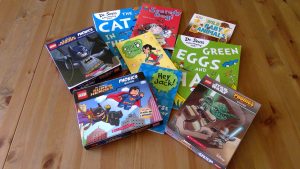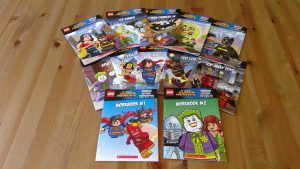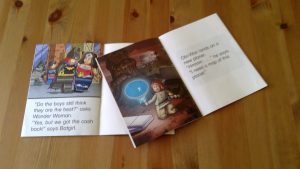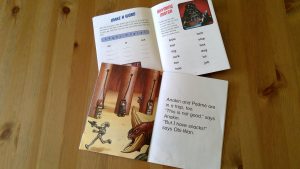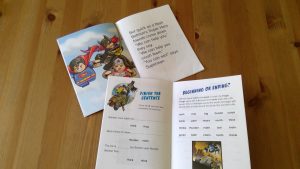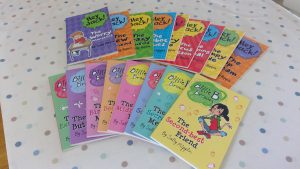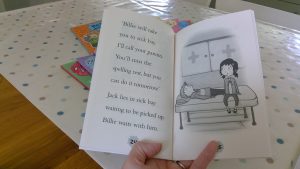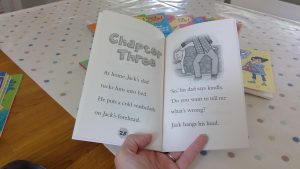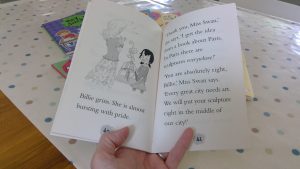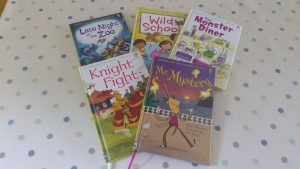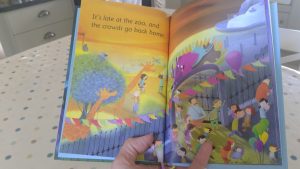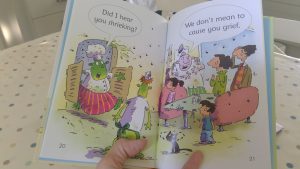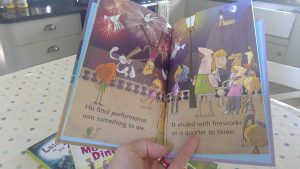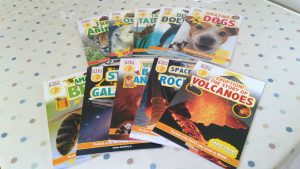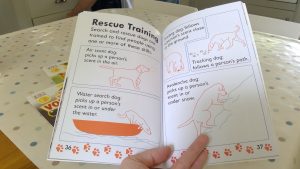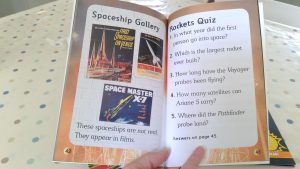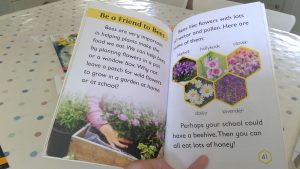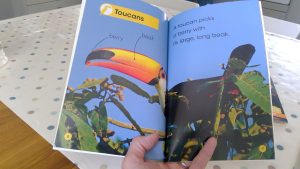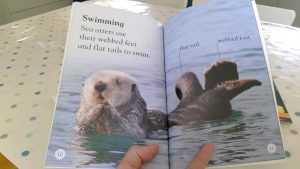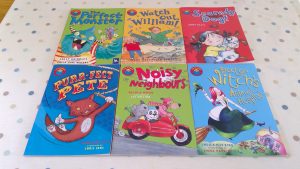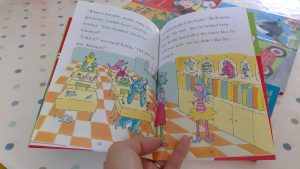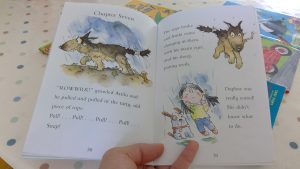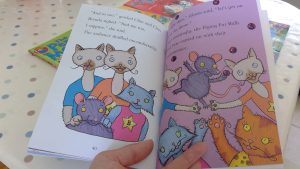Whatever school your young child attends, most teachers plead with parents to keep their child/ren reading over the Summer holidays to prevent ‘reading slide’. While there are plenty of books out there for those who have been reading for at least a couple of years, there are not that many readily available for those children who are a year or so in to their reading journeys. I thought it might be useful, therefore, to share some of our favourite early reading series, in case any catch the fancy of your young readers.
Before I start, it’s worth pointing out that if your child has enjoyed any of the Oxford Reading Tree school readers, such as Biff, Chip and Kipper, or Songbirds series, you can access them free in their electronic form on the ORT website. The website is fab, actually, and has loads of good information about reading and literacy. I use it a fair bit. If your child is now a bit fed up of school readers, though, the following might be useful. As children at the end of both Reception and Class 1 could be on a wide range of reading levels, I’ve included books of differing abilities:
Firstly, the Lego phonics series. These books, published by Scholastic, really hit the spot in our house as my young son really didn’t enjoy school readers and so I bought these as a way to make reading more exciting for him (and it certainly worked). There are quite a few different sets, with each box containing 10 reading books and 2 workbooks. We have Superheroes sets 1 & 2, Star Wars and Lego City. While these seem like books for boys, the Superheroes and Star Wars sets do feature female characters (albeit not on equal footing with the male characters) so girls should enjoy them to0; the Lego City set does have pictures of girls but they don’t seem to play any great parts in the stories. It’s worth pointing out that these sets focus the phonics into the older style of long and short vowels, sound blends etc, rather than the Jolly Phonics or RWI sound groupings, so depending on where a child is at with learning to read, they might come across some sounds that they haven’t yet learnt. To be honest, though, we’ve experienced the same thing with school readers as well, and so it hasn’t been a problem for us. These are bright, full of colour illustrations and enough text for there to be a proper story. The workbooks are also great for occupying children when out and about (or any time, quite frankly…). The sets retail on Amazon for between £8 – 9.
The Billy B Brown/Hey Jack! stories, published by Hardy Grant Egmont, were bought for my daughter who is a voracious reader. Both sets are written by Sally Rippen, an Australian author, who wrote these adventure stories for children who ‘are desperate to begin reading but are bored by daggy school readers!’. Billy and Jack are best friends and both feature heavily in both sets of books, so while Billy B and Hey Jack! have been written with girls or boys respectively in mind, the reality is that both sets appeal to both sexes. There are circa 43 pages broken into 4 chapters, with illustrations on most double page spreads, so children feel a bit more grown-up reading them. What we like most about these books is the storylines. They very gently introduce issues that most children will face at some point while growing up, like being worried about a school spelling test, a baby sibling damaging a school project, choosing friends etc, and obviously for this age group they all end on a positive note, mostly with the characters themselves coming up with a solution. I bought both these sets from The Book People: at the time of writing, they have the Billie B books for £7.99 for a set of 10, but the Hey Jack books are currently out of stock. Amazon sometimes have them in hard form – they go in and out of stock – but always have the electronic versions, which you can pick up for under £2.
If you are after less text on a page, then you could try the Usborne Very First Reading series. As you might expect from Usborne, these are good quality, hardback books, with nice little touches like bookmark ribbons, puzzles, and guidance notes for parents at the back of the book. The books I’ve photographed are those at the top end of the series. To be honest, I don’t buy a lot of Usborne books, purely because I just find these reading scheme books just too expensive; each book retails at around £5 per book and I think that that puts them out of reach for a lot of people. You could, of course, look out for them at the library or in charity/second-hand book shops. They are sometimes available from The Book People as a reduced-price set (at the minute they have a 50-set book, which includes 12 books from this series with the remainder from the next 2 levels up, for around £30 – still an expensive outlay, but the books then work out at about 60p per book).
I am a great advocate of introducing non-fiction books to children at an early age, and the Read and Learn books from DK (used to be known as Dorling Kindersley) are great for either reading like a reading book, or just tapping in to or browsing. There are over 10 fact-filled books covering a range of subjects about animals and the environment. There are 2 reading levels, which are different to school book bands: the first reading level has just a couple of sentences per page – see pictures on otters and toucans – and the books in the second reading level vary in difficulty, so you should get some longevity out of the books as the 2 reading levels effectively cover the whole of Key Stage 1. These are bright and colourful books that are interesting and enjoyable; the books in the second reading level also contain quizzes and activities. My son spends hours poring over them and particularly enjoys the books about space, volcanoes and tadpoles. These retail at The Book People for around £2.99 per book, or you can buy a set of 10 for around £7.99.
The I am Reading series, published by Macmillan’s Children’s Books, was devised to act as a bridge between picture and chapter books; there are loads in the series and each one has easy to read type and very short chapters across the circa 45 pages. These are great for children who love fun, colourful and highly-illustrated stories – my daughter reads these over and over again. Plus, as there’s so many in the range, there will definitely be a story that interests and entertains every child. We also tend to read these a lot at bedtime as the short chapters allow to read as much or as little as you want, without disrupting the flow of the story. I buy these second-hand on Amazon, where you can pick them up for a couple of pounds (including postage).
Finally, I should also mention that Dr Seuss books are also fab for younger readers. For more information, you can find my Dr Seuss post in the Illustrated Fiction section of the blog.
I hope that this has been useful, if you have any comments or suggestions for other books at this level that your child has enjoyed, please leave a comment below – I’d love to hear from you. Enjoy the holidays and happy reading!

